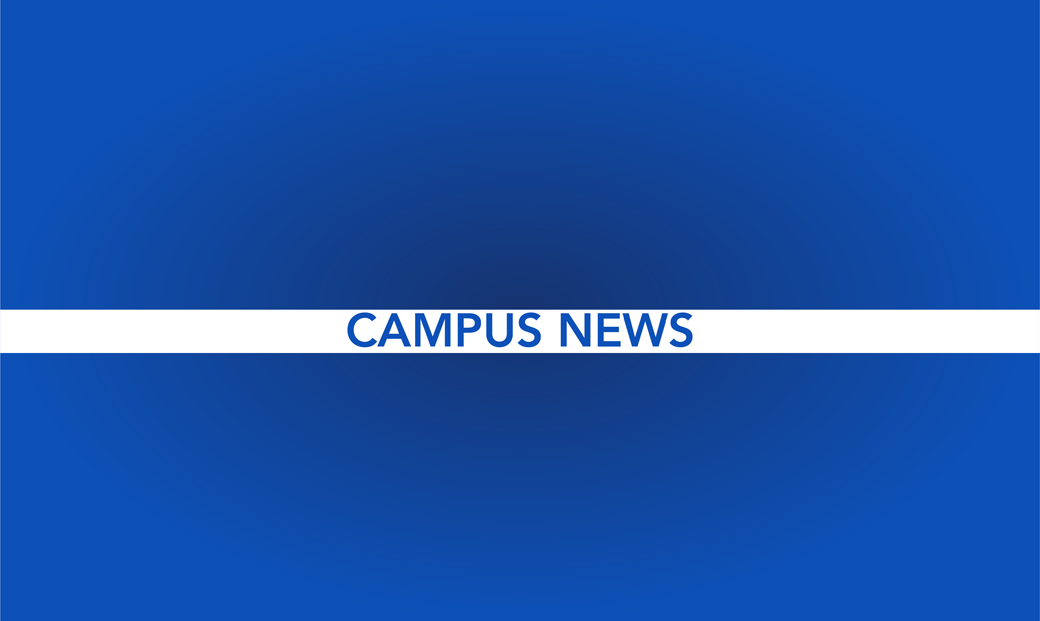
Lack of males on campus reflects a nationwide trend, USD official says
There are three women for every two men on USD’s campus.
According to the South Dakota Board of Regents website, the USD student population is 61 percent females and 39 percent males.
Scott Pohlson, vice president of Enrollment, Marketing and University Relations said this a state and nationwide trend.
Sophomore Jacob Long is one student who’s noticed the trend.
“There are way more girls on campus,” he said. “But I don’t think we would benefit from more guys on campus. We are fine where we are now.”
First-year Marissa Munger agreed and said having more girls on campus doesn’t affect her.
“I don’t think having more girls or boys on campus really matters to my education,” she said.
Pohlson said while the numbers of males and females on campus doesn’t impact the classroom experience much, most schools still strive to have an even gender distribution.
“My opinion would be that the perfect state would be 50/50. Just an even distribution of men and women,” he said. “As you can tell across the country, nobody really ever accomplishes that.”
Increasing USD’s male population was one of several topics President James Abbott discussed during his State of the University Address on Sept. 24.
“Gender is a concern,” he said during the address. “I’d like it if I could say this was a little bit better mix.”
Admissions departments nationwide are trying to come up with solutions to get more males to attend college.
South Dakota School of Mines and Technology has the highest percentage of males in the state, with a make up of 78 percent males and 22 percent women. This may largely be due to the programs offered at SDSMT, Pohlson said.
“My firm belief is that it has to do with the programing itself. What programs do you offer? Because that will attract a certain male or female ratio,” he said. “The biggest one (program) that I see making a difference across the country is engineering. If you have engineering on your campus you usually have a better male/female ratio.”
South Dakota State University has a closer split than USD, with 53 percent females and 47 percent males, according to SDBOR’s website.
“State benefits in engineering and agriculture, those two areas are where males are higher than females,” Pohlson said.
USD is in the process of starting programs that might attract more males.
“We have listened to what the research says in terms of programs, and we’ve looked at different programs that would attract males, and one of those is sport marketing,” Pohlson said. “That’s one thing that we brought on because we know that is an area that males are interested in. We also have put more focus on computer science because we know that males go into that (program) at a higher rate as well.”
Pohlson said attendance is not just rooted in university programing. He said societal shifts are also playing a part into who is going to college.


